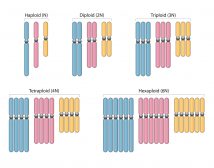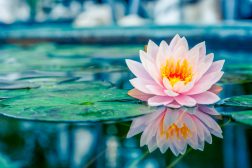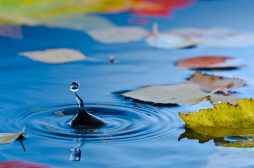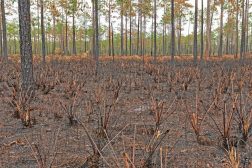Definition
noun, plural: transposons
A small segment of DNA that is capable of replicating and inserting copies of DNA at random sites in the same or a different chromosome
Supplement
Transposons are DNA segments that are mobile. They can replicate and insert copies at sites within the same or a different chromosome. They can therefore alter the genetic constitution of an organism.
Transposons have two types according to the genes they code for: (1) simple transposons and (2) complex transposons. The simple transposons consist of genes needed for insertion, particularly the gene coding for transposases, which are enzymes that catalyze their insertion. The complex transposons are those consisting of other genes apart from those needed for insertion. Transposons are the genetic elements associated with antibiotic resistance in certain bacteria. For instance, the Tn5 that codes for transposase Tn5 as well as those for antibiotic resistance to kanamycin.1
In eukaryotes, there are two classes of transposons. In the first class, the transposons is amplified by first transcribing a segment of DNA into RNA, and then reverse-transcribed into DNA. The extra DNA copy is then inserted at a different site in the genome. In the second class, a DNA segment is cut off from the genome via the enzymes, transposases. The DNA-transposase complex then moves and binds to a different site of the genome where the cleaved DNA segment would be inserted into. The first class is represented by retrotransposons whereas the second class, the DNA transposons.
Also called:
- transposable element
- jumping gene
See also:
Related term(s):
- Retrotransposons
- Composite transposon
Reference(s):
1 Reznikoff, William S. (2003). “Tn5 as a model for understanding DNA transposition”. Molecular Microbiology 47 (5): 1199–1206.







